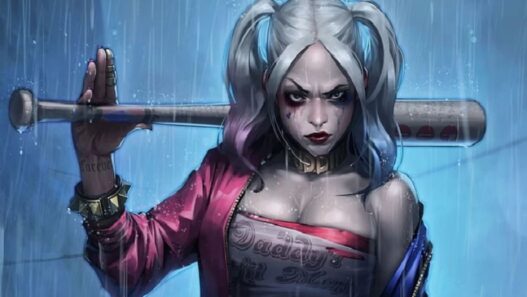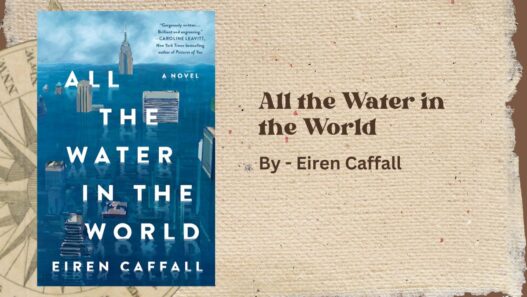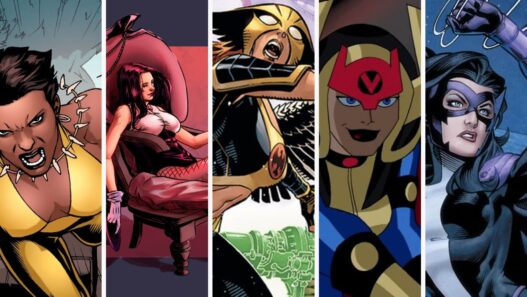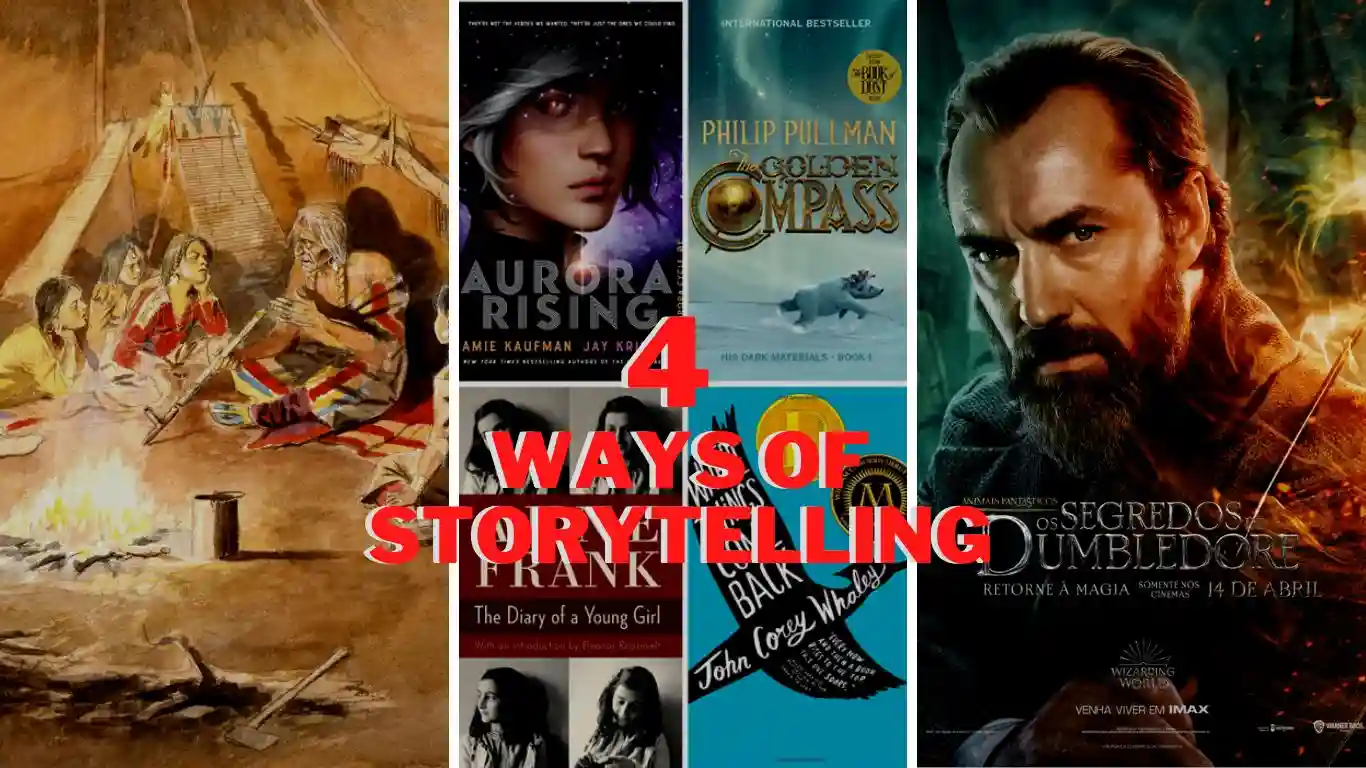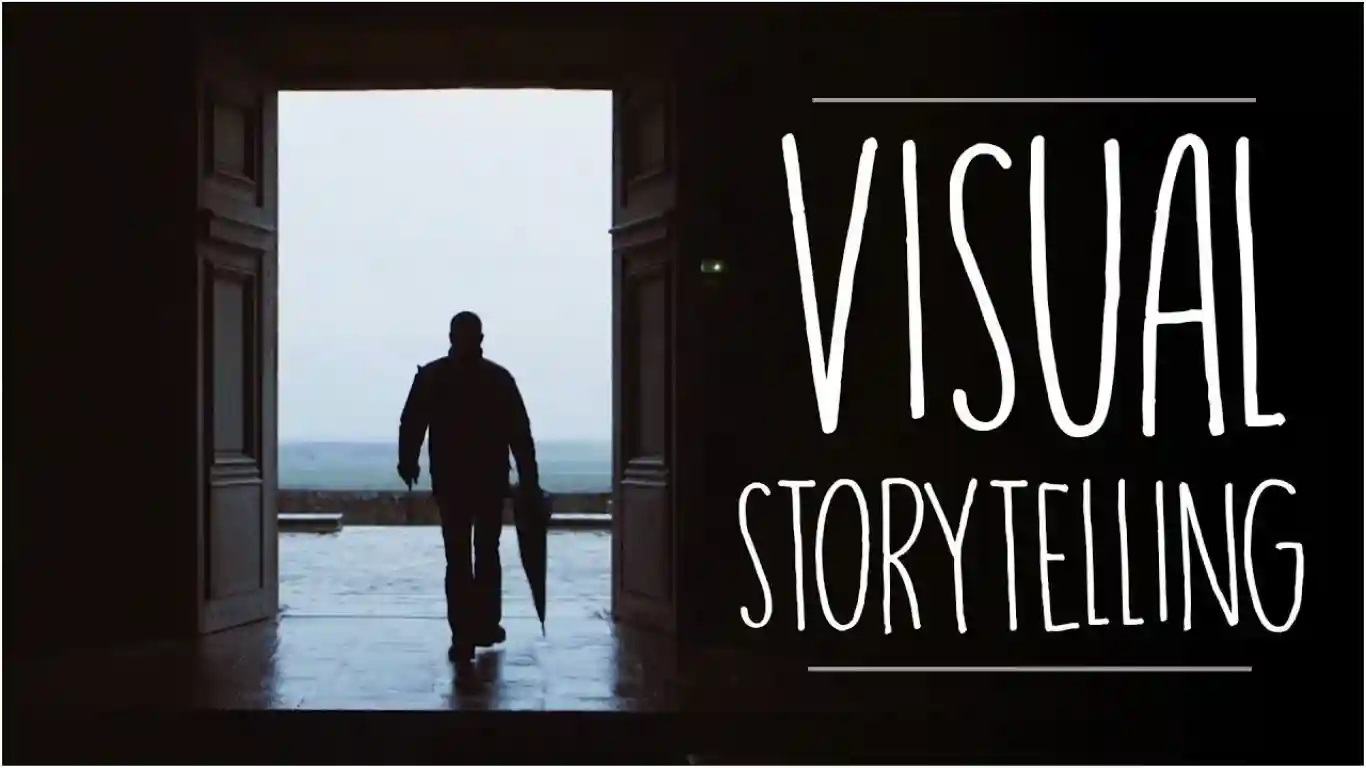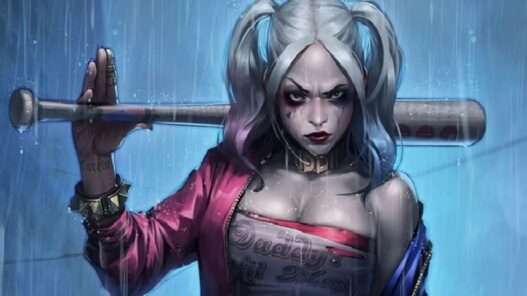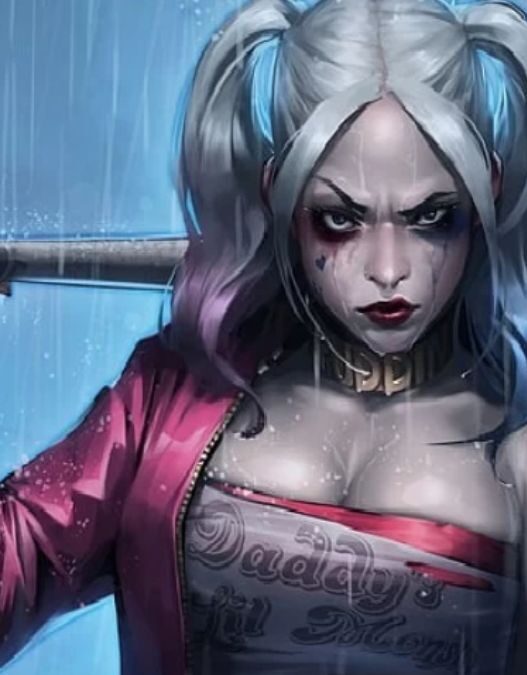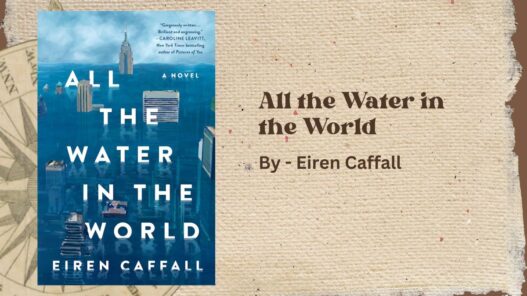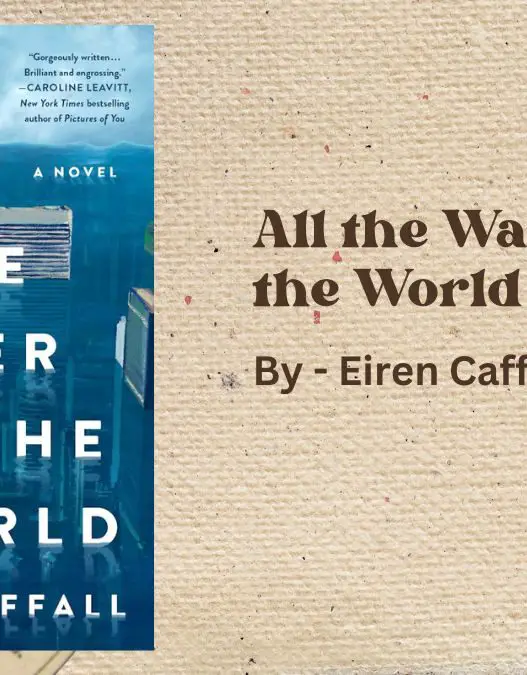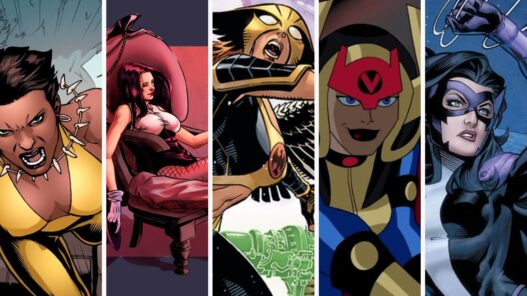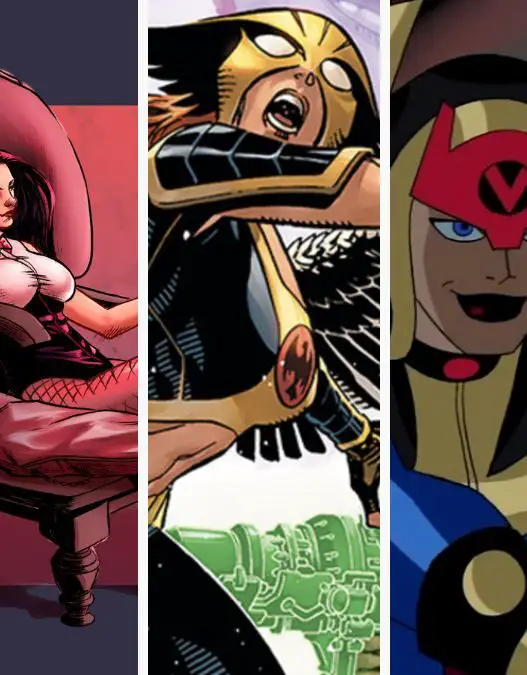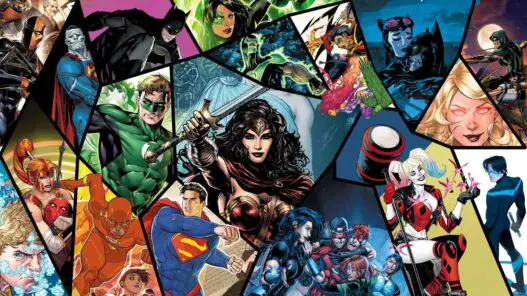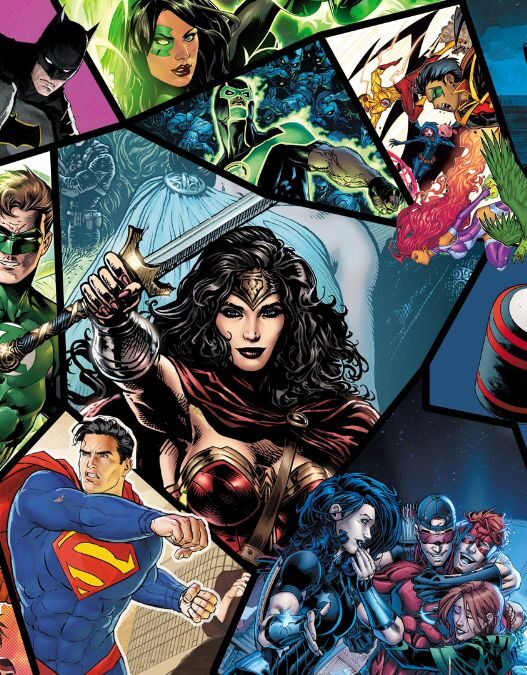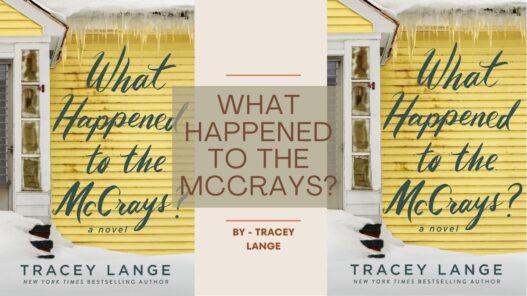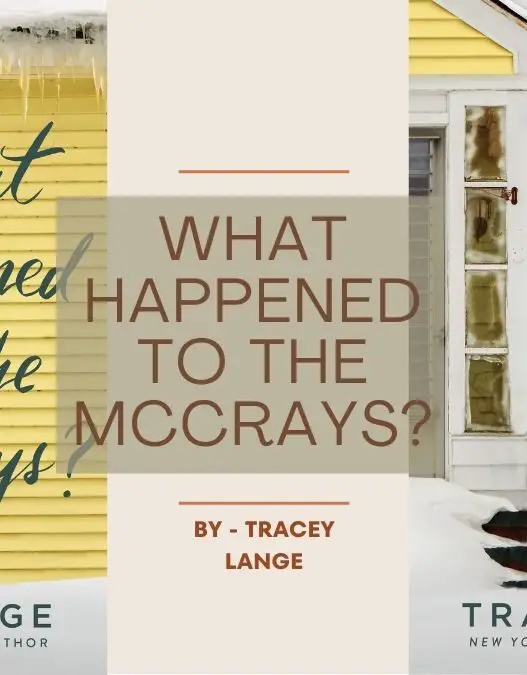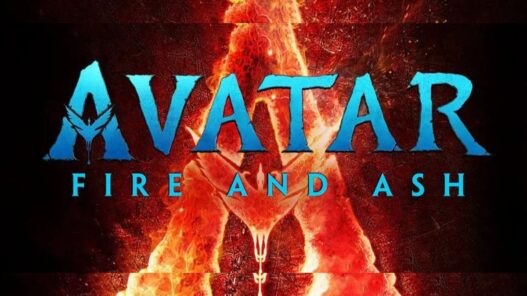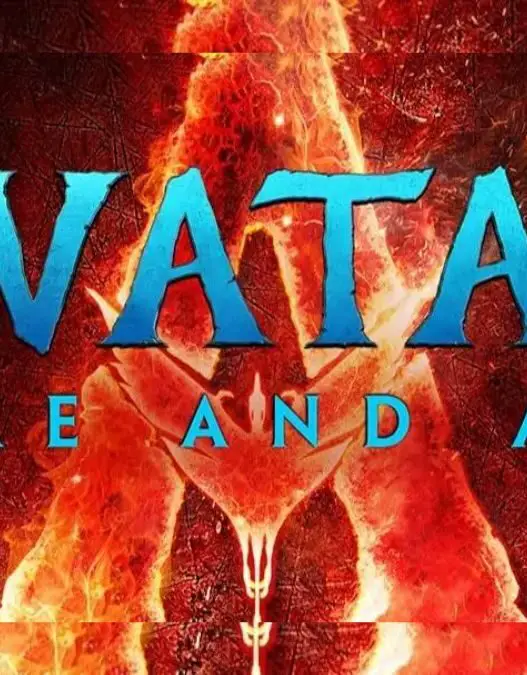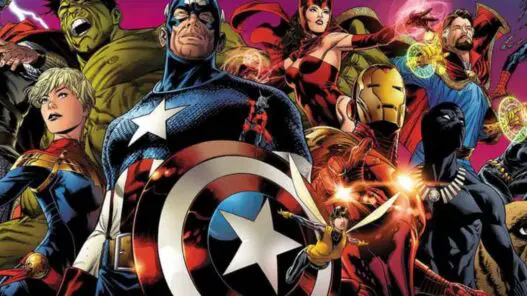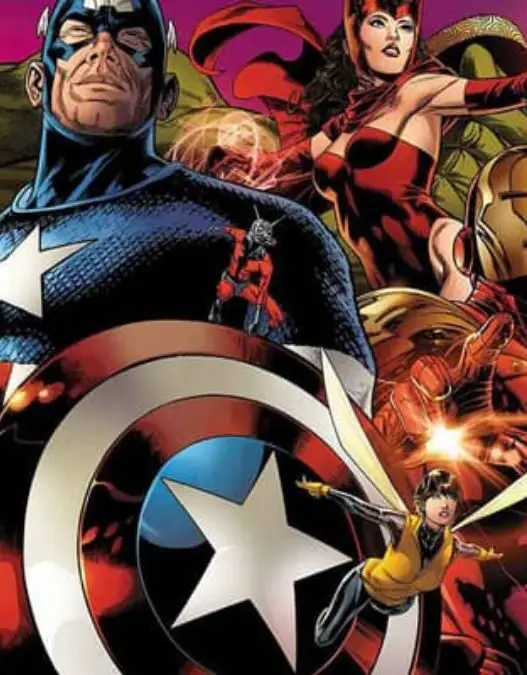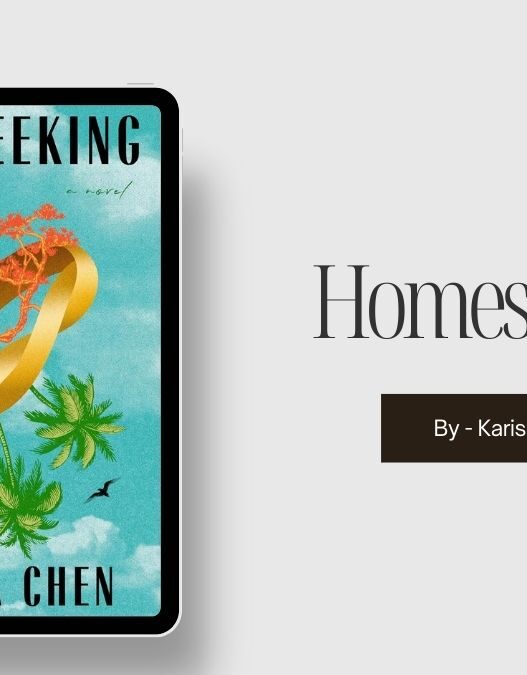4 Ways of Storytelling: An age-old art form, storytelling helps us comprehend the world we live in. To hear tales of hardship and triumph, ancient cultures would seek out storytellers, visual art, and writing fables. Telling your own tale effectively requires an understanding of the many storytelling genres. A human ability that is likely as old as mankind itself is storytelling. Every ancient society has its own storytelling tradition, and many contemporary faiths continue to employ tale language to deliver their messages. But not every story is the same.
There are numerous distinct story kinds, each with its own set of qualities and applications. Many people believe that narrative is solely an art form for books, novels, and other types of written literature. Depending on what you want to achieve, who you want to reach, and how much time you have, there are numerous methods to tell a tale, and each of them can be successful. Understanding the history of good storytelling is necessary before learning how to deliver a compelling story. Since the beginning of human history, we have employed these styles of storytelling to tell better stories. There are 4 ways of storytelling to communicate through the story.
Verbal Storytelling
The spoken word is one of the oldest forms of storytelling. Ancient people would entertain one another by telling stories while singing, chanting, or reciting poetry. Generation after generation would continue these oral traditions. Any kind of story could be told using this style of storytelling. People flocked to great storytellers like Homer in ancient Greece because he could connect emotionally with his audience while relating a compelling tale of heroic battles and unrequited love. Oral storytelling, on the other hand, is a way for actual individuals to share tales from their own lives. Telling a narrative orally involves using voice and gestures.
The oral tradition can be expressed in a variety of ways, such as through epic poetry, chants, rhymes, songs, and more. Not all of these tales are real or even historically correct. Truth is less significant than fostering cultural unity. It may include beliefs, prayers, proverbs, tales, myths, legends, and instructions. Oral storytelling has played a significant role in human history for a long time since it enables people to entertain one another or pass on essential knowledge verbally from one generation to the next. They are crucial in maintaining culture and identity. Oral storytelling can take many different forms, such as singing, reading poetry, incorporating stories into kids’ games, or telling jokes, especially these days on social media platforms like Reddit or TikTok.
Visual Storytelling
Since using visual media is an easy way to convey a compelling story, people have been telling visual stories for tens of thousands of years. Animals, characters with human features, and true stories with themes of survival were all depicted in prehistoric cave paintings. The evolution of narrative advanced alongside societal development. Since using visual media is an easy way to convey a compelling story, people have been telling visual stories for tens of thousands of years. Animals, characters with human features, and true stories with themes of survival were all depicted in prehistoric cave paintings. The evolution of narrative advanced alongside societal development.
Ancient Egyptian hieroglyphs were pictographic symbols that represented both sounds and characters in a story that was intricate and entertaining. Through the contemporary media of film and television, which provide an advanced, effective technique for a talented storyteller to deliver a fascinating story, this craft of storytelling has gone even further. Through paintings and drawings, visual storytelling has also been a component of human civilization for thousands of years. Movies and TV shows are among the most popular types of visual storytelling in the modern world. Corporate branding and communications both benefit from using visual storytelling. A message is frequently conveyed via images, videos, animations, infographics, illustrations, and figures.
Written Storytelling
Written stories have existed for as long as there have been written words. Oral and visual storytelling techniques were converted into written short stories and epics as societies created alphabets. A classic illustration is Aesop’s tales, which were compiled and written down decades after they were first spoken orally. The development of the printing press brought about a period of mass communication during which various story forms, including fairy tales, newspapers, and novels, reached a global audience and permanently changed the course of storytelling.
The most typical form of storytelling is through the written word. There are several writing styles and expressions, just as there are various story types and genres. From poetry to prose, short stories to novels, epics to sagas, suspense to thrillers, and fantasy to nonfiction, among other genres. Every type of written storytelling, including fantasy, true crime, sci-fi, romance, etc., has its own tropes, or recurring motifs or devices. For instance, in love romances, the lovers or the hero and heroine are typically kept apart by the challenges and decisions they must face. Some stories are told in a linear fashion, while others are not.
Digital Storytelling
Technology is a potent weapon that has revolutionised storytelling. Great storytellers now have a larger audience than ever to the growth of television, film, and radio, which has also sparked the development of fresh and creative storytelling methods. With the stroke of a button, the internet gives us instant access to an apparently limitless collection of gripping tales from across human history. In particular, the popularity of social media and blogging, which are technically still forms of textual storytelling, has changed how we interact with stories on a regular basis.
Every day, millions of users of Facebook, Twitter, and Instagram share their own personal narratives and points of view. We are all storytellers on social media, attempting to understand our own genesis narrative through each post we make. We hone the narrative abilities we’ve been training for millennia with each tweet and status post. A relatively recent genre of storytelling is digital storytelling. The art of storytelling can be combined with multimedia components like photographs, music, and videos to create a captivating and interesting digital story. A range of media, including photography, music, video, and animation, can be used to tell digital stories.
The Goals of Storytelling
Consider the purposes for which storytelling is used as another method to examine the various narrative formats:
- Stories meant to delight listeners and readers.
- Instructive: Narratives can be used as instructional tools to inform readers and listeners about a subject. It could be for ideological, moral, or religious reasons.
- Morality: Stories with moral lessons—teaching audiences about social customs, appropriate behaviour, and moral principles.
- Persuasion: In order to persuade readers or listeners to believe or feel a specific way about something or someone, stories are frequently utilised. This includes tales that are utilised in sales pages and other forms of advertising material, public relations, and ultimately outright propaganda efforts under autocratic regimes.
- Therapeutic: Stories can be told to readers or listeners to help them deal with a mental health issue, an emotional trauma, or to learn new skills. Personal stories are spoken to entertain and inspire the storyteller, or to convey one’s personal experiences, worries, pleasures, or hopes.
Also Read: 10 Most Successful Entrepreneurs of the 21st Century

